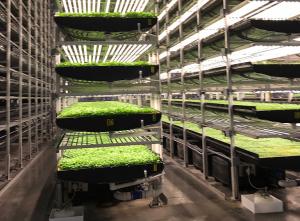How much energy should/could be electrified?
Steve Mitnick is Editor-in-Chief of Public Utilities Fortnightly and author of the book “Lines Down: How We Pay, Use, Value Grid Electricity Amid the Storm.”
A renewed and major push to further electrify our society and economy? It wouldn't make any sense, if the production of electricity polluted the environment at twentieth century levels. It wouldn't make any sense, if the usage of electricity was as inefficient as it was in the last century.

And it wouldn't make any sense if the cleanliness in its production, and efficiency in its usage, had been purchased with electricity's essential advantages — cost, convenience, safety, flexibility and versatility — as payment. This would have been a steep price, possibly too steep a price.
But, hey, it's the twenty-first century. Electricity production and usage has undergone a metamorphosis. Pollution from its production has fallen dramatically and is still falling, at a rapid pace. The efficiency of using electricity has risen dramatically and is still rising, at a rapid pace.
Yet — and this is an astonishing fact — electricity's real cost is at its historic low. Electric bills have dropped to 1.32 percent of consumer expenditures this year. How utilities, regulators and policymakers achieved this magic is a subject for another column. But they did.
Even though electricity's environmental impact has shrunk and keeps shrinking. Even though electricity's efficiency has grown and keeps growing.

